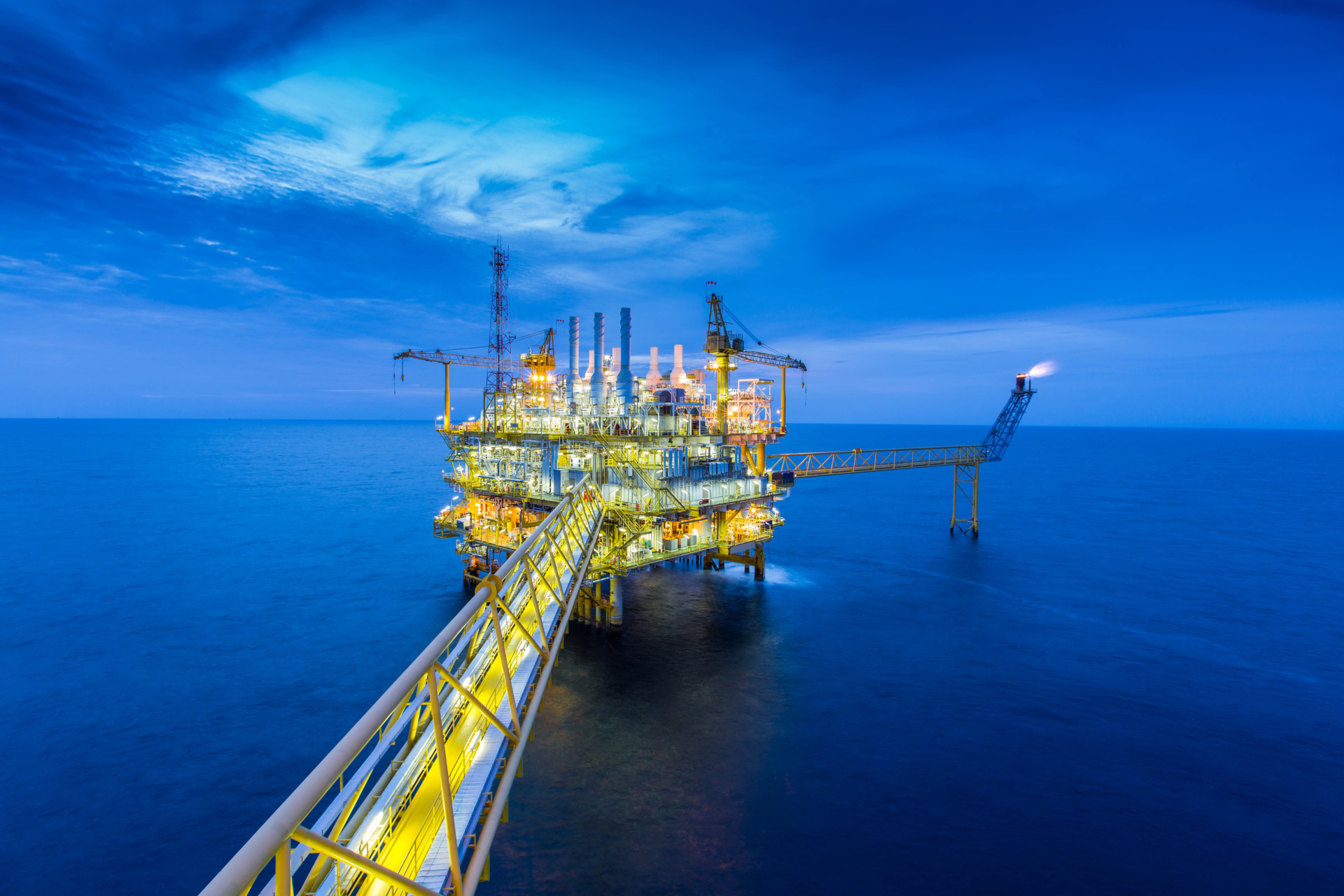Subsurface storage of CO2 – Injection well management during the operational phase (2009-2015)
One of the main differences between CO2 rich fluids, and oil or natural gas, is the very reactive behaviour of CO2 dissolved in water, where it forms carbonic acid and may dissolve rocks and engineered materials such as steel or well cement, and precipitate secondary minerals. While drilling, injection, monitoring and reservoir simulation to a large extent can be adapted from existing experience in the oil industry, there are certain knowledge gaps related to CO2 behaviour. A number of effects occur around the injection well: A multiphase fluid will be generated, mutual dissolution occurs and a multiphase flow will be set up. The pressure buildup around the well depends strongly on the dissolution of CO2 in the aqueous phase. The larger contact between formation water and injected CO2, the less pressure buildup will take place. Consequently, the injectivity is also controlled by the same mechanism. During the operational phase, two important purposes of monitoring is to optimise the efficiency of the storage project, and to document injection well control.
This project focus on the management of CO2 injection, where injectivity and fluid-rock / material processes taking place from the well into the porous network of the reservoir are central topics. In this project we will combine data from case studies, geochemical and geomechanical experiments and develop and apply simulation tools in order to end up at recommendations for practical work. Impure systems will be included. The research described in this project will help to optimise the injection process of CO2 storage both in subsurface storages on the Norwegian Continental Shelf and internationally. This will be especially important for the oil and gas industry operating on the Norwegian Shelf. The project will also give results important for Norwegian Authorities, giving technical data and methods which may be used in decisions concerning CO2 storages.
